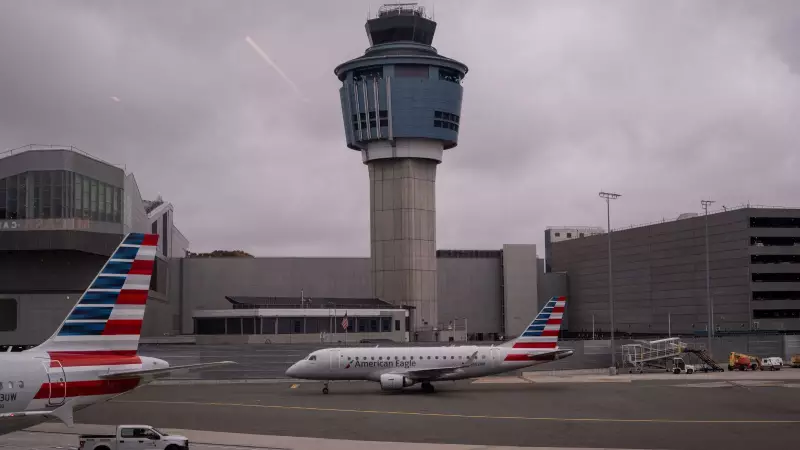
In a significant development for air travel, the Federal Aviation Administration (FAA) has officially ended its requirement for airlines to reduce flights at major US airports. This decision marks a crucial step toward normalizing air travel operations that had been constrained by staffing shortages in air traffic control facilities.
Background of the Flight Reduction Mandate
The FAA initially implemented the flight reduction program in March 2023, responding to persistent staffing challenges at air traffic control centers, particularly those serving New York City area airports. The mandatory cuts required carriers to minimize schedules at key northeastern airports including John F. Kennedy International Airport (JFK), LaGuardia Airport (LGA), and Newark Liberty International Airport (EWR).
The original mandate compelled airlines to reduce operations by up to 10% during peak travel periods, creating ripple effects throughout the US domestic aviation network. This policy was designed to alleviate pressure on understaffed air traffic control facilities and prevent widespread flight disruptions during the busy summer travel season.
Improved Staffing Conditions Prompt Policy Change
According to FAA statements, the decision to lift mandatory flight cuts comes after substantial improvements in air traffic controller staffing levels. The administration has successfully accelerated hiring and training processes, bringing new controllers into the system faster than anticipated.
The FAA emphasized that while the mandatory reductions are ending, airlines will continue to have flexibility to voluntarily adjust their schedules during peak periods if necessary. This balanced approach aims to maintain operational stability while allowing carriers to restore full flight capacity.
Transportation Secretary Pete Buttigieg acknowledged the progress, stating that the aviation system is showing measurable improvements in reliability and staffing. The administration's concerted efforts to address controller shortages have yielded positive results, enabling this policy shift.
Implications for Travelers and Airlines
The elimination of mandatory flight cuts brings several important benefits for both airlines and passengers. Carriers can now operate more flights to and from major northeastern airports, potentially increasing seat availability and providing more travel options for consumers.
For international travelers, including those from India, this development could mean improved connectivity to US destinations, particularly through gateway airports like JFK and Newark. The increased domestic flight capacity may also support better integration with international routes, benefiting passengers with connecting flights within the United States.
While the immediate changes will be most noticeable in New York area airports, the effects are expected to extend throughout the national air transportation network. Airlines can now optimize their schedules without artificial constraints, potentially leading to more efficient operations and reduced congestion.
The aviation industry has welcomed this development as a positive step toward full recovery from pandemic-era disruptions. However, experts caution that complete normalization of air traffic operations will still require continued focus on staffing and infrastructure improvements across the national airspace system.





